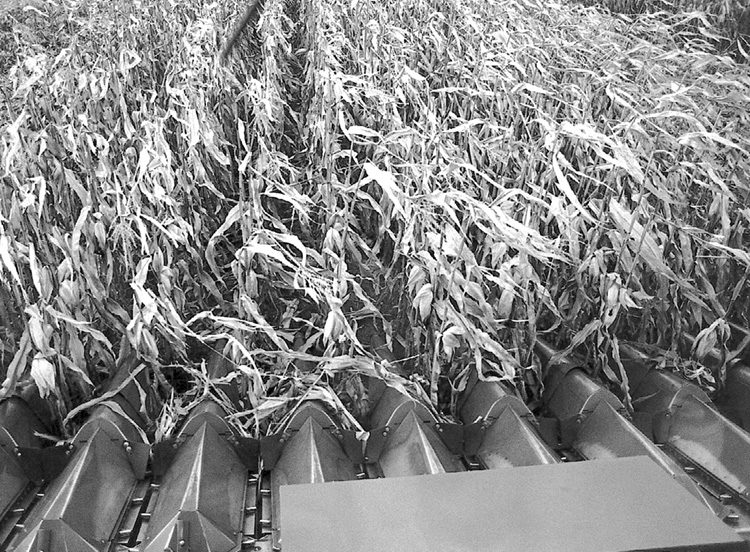No-Till Farmer
Get full access NOW to the most comprehensive, powerful and easy-to-use online resource for no-tillage practices. Just one good idea will pay for your subscription hundreds of times over.

Strategic combine adjustment during this fall’s harvest will have a big positive impact on both your residue management strategies and next year’s no-till crops.
Marion Calmer, a veteran no-tiller from Alpha, Ill., advises against windrowing crop residue behind the combine because the soil under this material will be wet and cold when you no-till next spring. Instead, he recommends spreading the crop residue to the full width of your combine.
“If I’m going to cut a 30 foot width, I want to spread the residue 30 feet wide.” he says. “It is unacceptable for your combine not to do this, as you have to be able to spread your no-till residue evenly.”
Stay Downwind. Calmer says it’s also helpful to work from the downwind side of the field when combining soybeans. By doing so, the wind can be used to help keep the crop residue away from your uncut no-tilled soybeans.
Since Calmer has not found a combine that is flawless when it comes to evenly spreading no-till residue, he says adjustments always have to be made. Since the rotor on his Case IH rotary combine rotates clockwise, it tends to spread crop residue more to the rightside of the cut portion of the crop. Fortunately, Calmer says a fin can be adjusted to the left or right to funnel the crop residue and balance it out better.
A curtain around the spinners on his Case IH combine allows Calmer to increase the width of the spread by 2 feet…